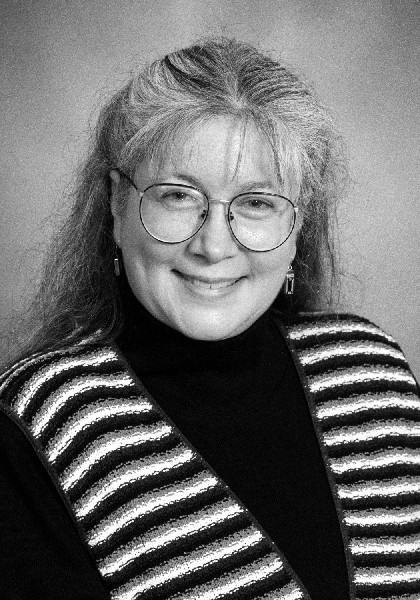Queer and Transgender Theory I
The term “transgender” is really popular in Anglo-American communities, and is used as an umbrella term to include all kinds of people who do not fit into normative relations between sex and gender. This would include, for instance, transsexuals, drag queens (men who perform as women on stage only, usually in a gay male club or social environment), intersexed individuals (people who are born with genitals that cannot be easily classified as “male” or “female”), drag kings (females who perform as men on the stage in lesbian cultural spaces), transvestites (heterosexual males who cross-dress in “women’s” clothes and who receive sexual gratification from this act), as well as people who do not identify with either the category “male” or “female.”
While the term “transgender” is currently one of the most popular, it needs to be pointed out at this point in history that, increasingly, transsexuals object to being included under the catch-all phrase of “transgender.” They argue that the healthcare and social service needs of transsexuals are quite specific, and that this specificity is lost when people use a vague “transgender.” Furthermore, the popularity of the term “transgender” emerges from the Anglo-American lesbian and gay community. While this discourse may have meaning for some transsexuals who understand their lives in these terms, it does not speak to the transsexuals who do not make sense of their lives, and their political struggles, within the confines of a lesbian/gay framework. . . . All of this is to say that questions of language are deeply political!
—Viviane Namaste, “Transsexual, transgender, and queer,” New Sexuality Studies (181)
Required Readings
Jagose Queer Theory, Chs. 8 & 9 (83-100)
Bloodsworth-Lugo In-Between Bodies: Sexual Difference, Race, and Sexuality, Ch. 6 “The Trouble With ‘Queer’” (83-94) (Blackboard)
Seidman et al. New Sexuality Studies Part 4: Sexual identities, Chs. 24-26 (173-194)
Stryker Transgender History Prologue (vii-ix), Ch. 1 “An Introduction to Transgender Terms and Concepts” (1-29) (Blackboard)
Whittle, The Transgender Studies Reader, Foreword (xi-xvi) (Blackboard)
Stryker, The Transgender Studies Reader, “(De)Subjugated Knowledges: An Introduction to Transgender Studies” (1-17) (Blackboard)
Additional Resources
Sullivan A Critical Introduction to Queer Theory, Preface (v-vi) (Blackboard)
Corber and Valocchi Queer Studies: An Interdisciplinary Reader, Introduction (1-17) (Blackboard)
Nestle, Howell, and Wilchins, GENDERqUEER: Introductions (3-20) (Blackboard)
Wilchins, GENDERqUEER: “A Certain Kind of Freedom: Power and the Truth of Bodies-Four Essays on Gender” (21-63) (Blackboard)
Eng, Halberstam, Muñoz What’s Queer about Queer Studies Now?, Introduction (1-17), Ch. 10 “You Can Have My Brown Body and Eat It, Too!” (171-191), Ch. 13 “Gay Rights versus Queer Theory: What Is Left of Sodomy after Lawrence v. Texas? (235-249) (Blackboard)
Sample journal entry 1 Note: File not found
Sample journal entry 2 Note: File not found
Due This Week
Weekly journal entry including main points from readings, to be submitted electronically, and observations about your own sexuality and understanding of sexuality, to be kept in a private journal.
Homework Questions
**Term paper abstract, outline and annotated bibliography due**
